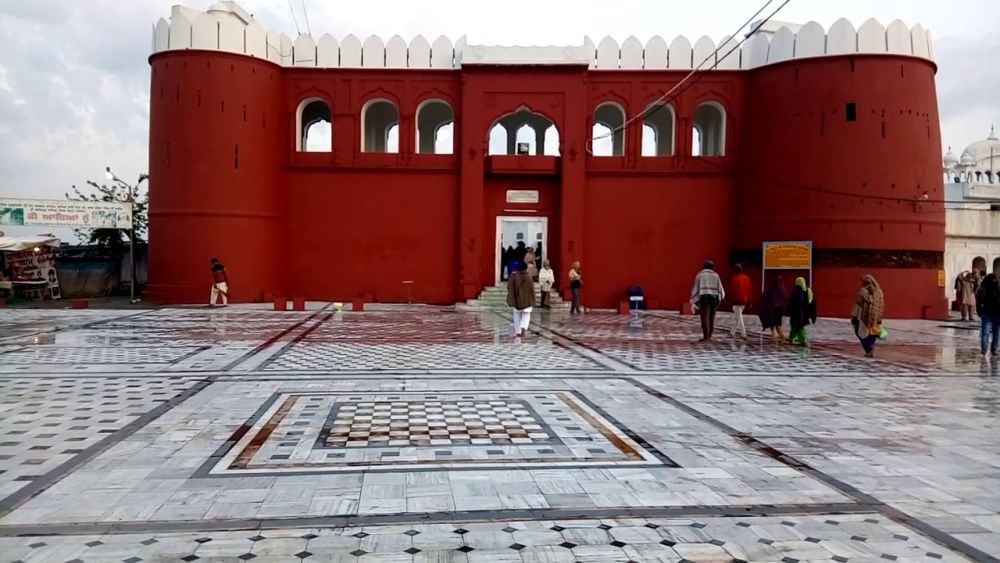

Anandpur Sahib, a city in the state of Punjab, India, is widely recognized for its spiritual and historical significance. Founded in 1665 by the ninth Sikh Guru, Guru Tegh Bahadur, it has been an important destination for Sikh pilgrims and history enthusiasts alike. The Anandpur Sahib Fort, also known as Anandpur Qila, stands as a testament to the rich history and enduring spirit of the Sikh community.
The fort was constructed by Guru Gobind Singh, the tenth Sikh Guru, as a part of a series of defensive forts to protect the community from invasions and conflicts during the late 17th and early 18th centuries. It played a pivotal role during the times of Mughal confrontations and has witnessed many significant events, including the birth of the Khalsa in 1699.
The fort's impressive architecture is characterized by its robust walls and strategic location. Built to weather both time and conflict, the structure was a fortress of resilience that echoed the determination of the Sikh people during turbulent periods.
Tourism in Anandpur Sahib began to develop as the place gained prominence as a pilgrimage site for Sikhs worldwide. It saw a substantial increase with the celebration of major events like the Hola Mohalla festival, Baisakhi, and other Sikh commemorations that draw thousands of visitors annually.
In recent years, heritage tourism has seen considerable growth, with travelers seeking to delve into the rich tapestry of the region's past. Anandpur Sahib, with its historical forts and gurudwaras, has become a focal point for those who want to connect with the deep-rooted cultural legacy of Punjab.
The tourism industry in Anandpur Sahib is currently adapting to modern trends with better infrastructure, such as improved accommodations and visitor facilities. The local government is also taking initiatives to promote the fort and city as a prime cultural and historical destination.
Conservation efforts have been implemented to preserve the Anandpur Sahib Fort, ensuring that its history remains intact for future generations. These efforts are critical for maintaining the authentic experience of the site and for contributing to sustainable tourism in the region.
Thus, Anandpur Sahib Fort embodies the spirit of Punjab's rich history and diversity. With its growing popularity as a tourist destination, it serves as a beacon that continues to attract and educate visitors on the profound historical narratives of India's northwest frontier.